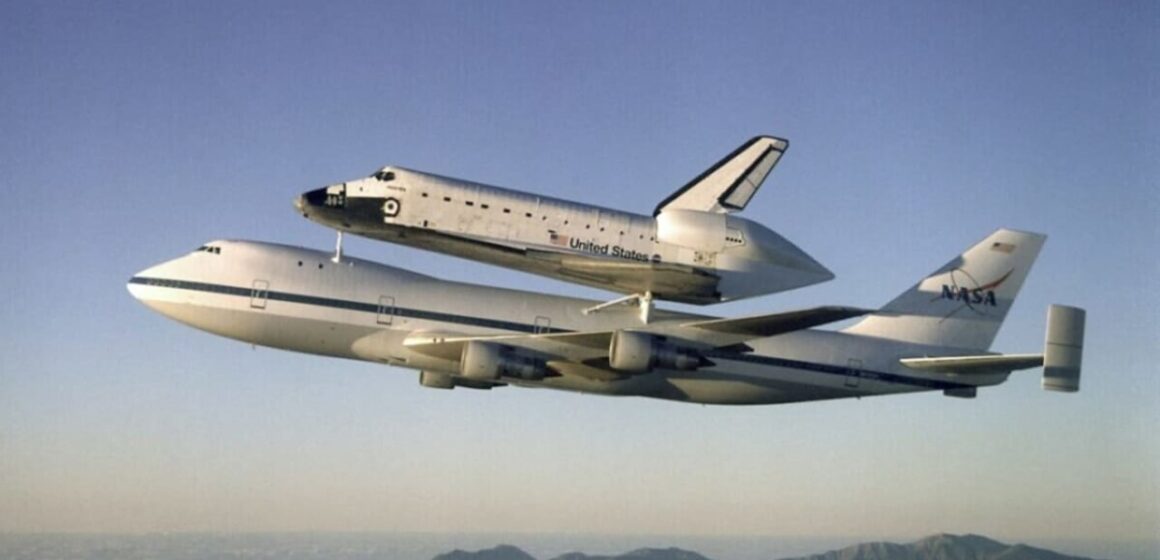Space fascinates us. Rockets, stars, spaceships, NASA… and for all of these, today we bring you news that would bankrupt any company. Fortunately, NASA is not just a company.
NASA gives green light to its long-delayed Psyche mission to deep space, valued at $985 millionto explore a metal-rich asteroid, also called Psyche, that could be worth up to $10 quadrillion, or 90 times the entire world economy.
Of course, the mission is not just for the sake of research, although that is part of it too. That’s because the asteroid may contain a treasure trove of precious and essential metals for our Earth. That’s what it’s about.
An asteroid that could be worth more than our entire global economy
Understanding the scale of the universe beyond Earth can often be challenging. Even in our own solar system, it is difficult to conceptualize in human terms.
It’s easy to think of the moon as small enough to walk across in an afternoon, instead of realizing that it has a surface area comparable to Africa. Likewise, Martian explorers can be thought of as being in close proximity to each other, rather than being separated by thousands of kilometers.
The same goes for potential resources. The asteroid belt between Mars and Jupiter, for example, is essentially the remnants of the formation of the solar system—a rounding error of its mass. However, it has been estimated that the mineral wealth in the asteroid belt is enough to issue a $100 billion check to every person on Earth.
But not so fast, don’t spend your check just yet
In fact, all of this represents potential wealth. However, the process of gathering these resources is another matter entirely. However, several companies are already exploring ways to begin commercial asteroid mining.
The Psyche mission therefore has implications that extend beyond the purely scientific motivation to learn more about the origins of the planets.
At 222 km in diameter, Psyche is not particularly unusual for its size. What sets it apart is that it belongs to the M-class asteroidswhich means it is metallic.
Its composition is largely nickel and iron, similar to what might be expected to be found in the core of a planet, which makes it very interesting for scientists. The extent to which Psyche is metallic versus rocky remains to be seen, and the Psyche spacecraft is on a mission to help find those answers.
Once the independent review board is satisfied, Psyche has been greenlit for an October launch. It will take five years and 10 months to reach the asteroid using its solar-electric Hall propulsion system and is planned to orbit the body for at least 26 months.
Some of the links added in the article are part of affiliate campaigns and may represent benefits to Softonic.

